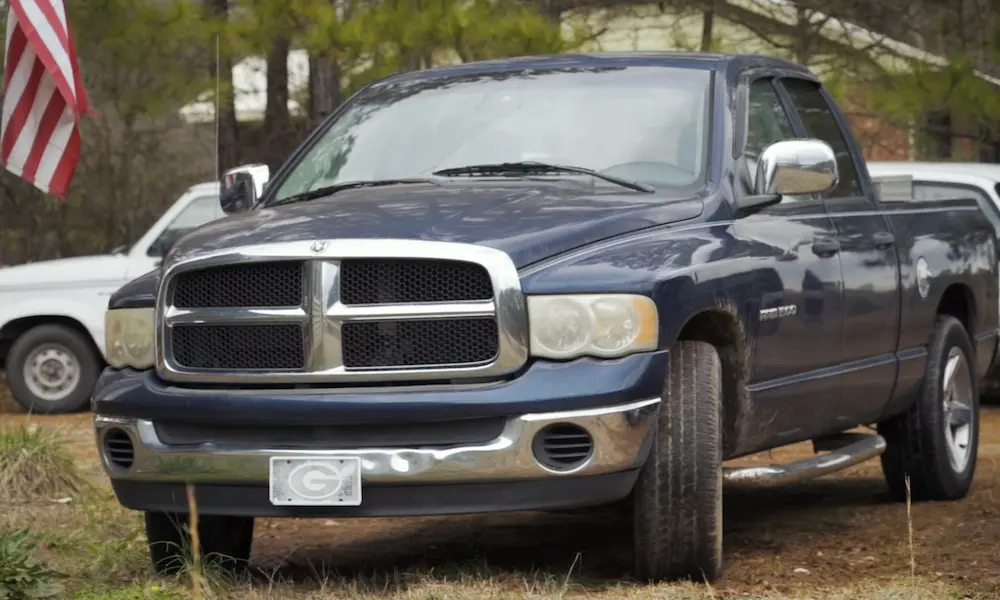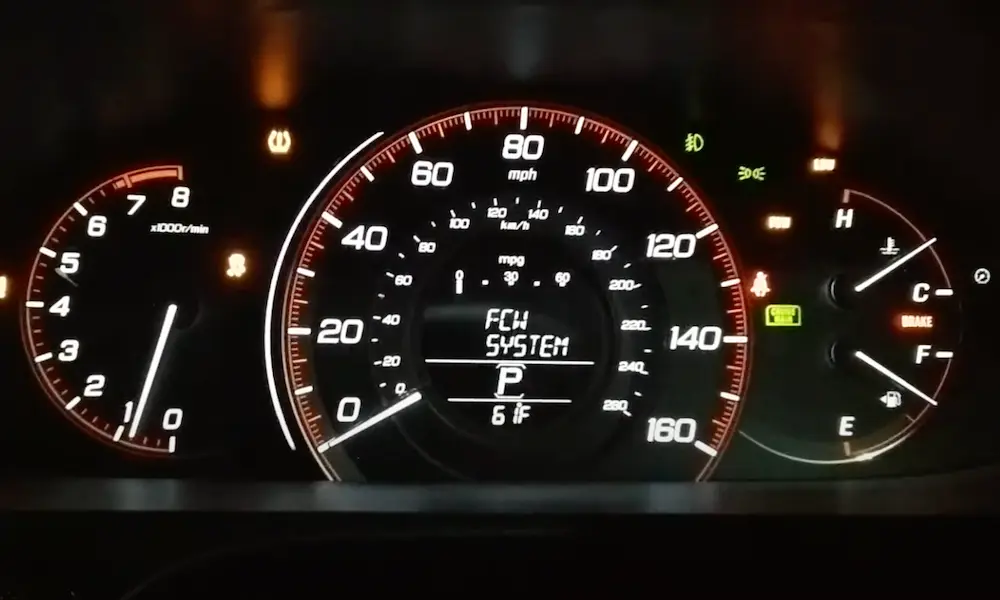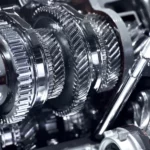Facing transmission issues with your Dodge Ram can be frustrating and stressful. Understanding these problems and how to fix them can save you time and money. Whether it’s rolling away, hard shifting, or a lack of acceleration, this guide aims to provide practical solutions. Stick around, and you’ll find the help you need to get your truck running smoothly again.
Common Dodge Ram Transmission Problems
If you’re experiencing trouble with your Dodge Ram’s transmission, you’re not alone. Many Dodge Ram owners face a variety of transmission issues, including difficulty shifting gears, fluid leaks, overheating, and slipping transmission.
Trouble Shifting Gears
One of the most common transmission problems in Dodge Ram trucks is difficulty shifting gears. You may notice hesitation or grinding noises when you try to change gears. This can be due to worn-out gears, faulty solenoids, or a defective transmission control module. For example, the Dodge Ram 1500 often experiences this issue, which can lead to a frustrating driving experience.
Fluid Leaks and Low Fluid Levels
Fluid leaks are another frequent issue. Low transmission fluid levels can cause slipping, overheating, and even complete transmission failure. Keep an eye out for red, brown, or pink fluid under your truck. A leaking transmission may result from a damaged pan gasket, broken seals, or cracked transmission lines. Regularly checking and maintaining fluid levels is essential to keep your transmission running smoothly.
Overheating Transmission
An overheating transmission is a serious problem that you shouldn’t ignore. Overheating can lead to a burning smell, slipping, and permanent damage to the transmission. Causes include low fluid levels, heavy towing, and poor ventilation. Dodge Ram transmissions are especially susceptible to this issue. Make sure your cooling system is functioning correctly and consider installing an auxiliary cooler if you frequently tow heavy loads.
Slipping Transmission
A slipping transmission can disrupt your driving experience and indicates a problem that needs addressing. You might notice your truck unexpectedly changing gears or hesitating before moving. This can be caused by worn clutches, low fluid levels, or a failing torque converter. Models like the 2009-2017 Dodge Ram often report slipping as a common symptom. Addressing slipping issues promptly can prevent further damage and costly repairs.
Taking proactive steps to maintain your Dodge Ram’s transmission can help you avoid these common problems. Regular maintenance checks, along with paying attention to any symptoms, can extend the life of your transmission and ensure a smoother ride.
Solutions and Repairs
To keep your Dodge Ram running smoothly, it’s important to address common transmission problems promptly. This involves fixing issues with gears and clutches, replacing transmission fluid and filters, repairing cooler lines, and maintaining the electronic controls.
Addressing Gear and Clutch Issues
If your Dodge Ram experiences trouble shifting gears or you hear a clunking noise, it might be due to worn gears or a faulty clutch. Shifting issues can often be traced back to a bad shift motor actuator or solenoid. These parts help manage how the transmission shifts between gears.
- Worn Gears: If the gears are damaged, you may need a transmission rebuild or replacement.
- Faulty Clutch: Replacing a worn clutch or pressure plate can solve engagement problems.
- Gear Shift Linkage: Properly adjusting or replacing the linkage can prevent misfires.
Replacing Transmission Fluid and Filter
Dirty or insufficient transmission fluid is a common cause of transmission problems. Changing the transmission fluid regularly can prevent overheating and gear slippage. Reference the manufacturer’s guidelines for when to replace the fluid, typically every 30,000 to 60,000 miles.
Steps:
- Drain the old transmission fluid.
- Replace the transmission filter.
- Add fresh transmission fluid.
Benefits: Fresh fluid improves lubrication and cooling, which is crucial for the transmission’s longevity.
Fixing Transmission Cooler Lines
The transmission cooler lines help maintain optimal temperature by carrying fluid to and from the cooler. Leaks or blockages in these lines can cause the transmission to overheat and fail.
- Identifying Leaks: Look for fluid puddles under your truck. A leak often indicates damage to the lines.
- Repairs: You may need to replace or repair damaged or clogged lines. Ensure that any repairs are airtight to avoid future leaks.
Dealing with Electronic Transmission Controls
The Transmission Control Module (TCM) and related electronics manage shifting and engagement. Problems here can cause erratic shifting and transmission slip.
- Transmission Control Module (TCM): If your TCM is faulty, you might need to reset or replace it.
- Solenoids: These control fluid flow and need to be in top condition for smooth transitions between gears.
- Boost Valve Spring Retainer: Replacing a broken or weak retainer can fix pressure issues that affect shifting.
By addressing these issues, you can keep your Dodge Ram’s transmission in great shape, ensuring a smooth and reliable drive.
Additional Factors Influencing Transmission Health
Various factors can significantly impact the health of your Dodge Ram’s transmission. These include towing and load stresses, external environmental conditions, and the electronic systems controlling your vehicle.
The Impact of Towing and Load
High-performance demands, like excessive towing, can strain your transmission. When you tow heavy loads, it causes wear and increased vibration, leading to more lubrication needs. Overloading can cause contaminated transmission fluid, which affects gear performance.
Heavy towing also risks harsh shifting and overheating, especially if your truck isn’t designed for such loads. You might experience low battery voltage impacting the transmission. It’s crucial to follow recommended towing capacities to avoid damaging your Dodge Ram’s transmission.
The Role of External Conditions
External conditions can influence transmission health. Extreme conditions like very high or low temperatures make your transmission fluid less effective. In cold weather, shifts might become harsh due to thickened fluid. In contrast, hot weather can cause overheating.
Dusty or muddy environments can lead to contaminated transmission fluid, reducing efficiency and causing wear. Additionally, running your vehicle in these conditions may lead to exhaust system clogs, which indirectly affects transmission performance.
Electronic System Contributions
Your Dodge Ram’s electronic systems play a crucial role. A faulty speed sensor may cause incorrect shifting times or patterns, leading to harsh shifting. Problems with the Transmission Control Module (TCM) software can also create shifting issues or transmission slipping.
Faulty transmission sensors might send incorrect data, impacting gear shifts and causing wear. Always ensure software updates and sensor checks are part of your vehicle maintenance to avoid these issues. Keeping the electronics in top shape helps maintain smooth transmission operations.














